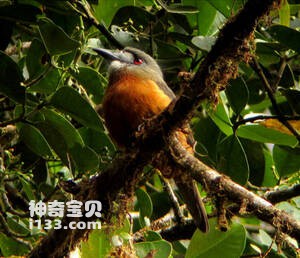
Hapaloptila castanea
Hapaloptila castanea,White-faced Nunbird
The species is known as Hapaloptila castanea or White-faced Nunbird.Protect ···
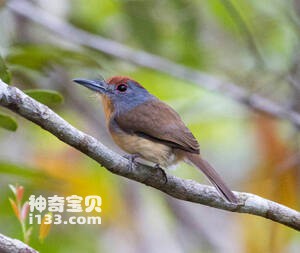
Nonnula ruficapilla
Nonnula ruficapilla,Rufous-capped Nunlet
The bird's scientific name is Nonnula ruficapilla, and its foreign name ···
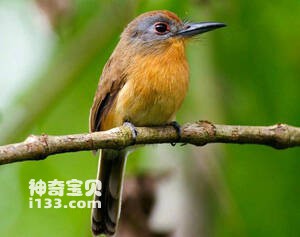
Nonnula frontalis
Nonnula frontalis,Grey-cheeked Nunlet
The scientific name Nonnula frontalis and the foreign name Grey-cheeked Nunl···
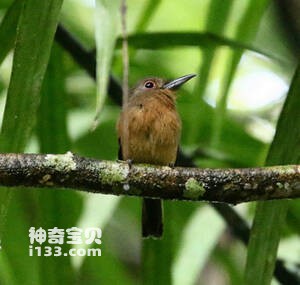
Nonnula brunnea
Nonnula brunnea,Brown Nunlet
The scientific name Nonnula brunnea and the foreign name Brown Nunlet are un···
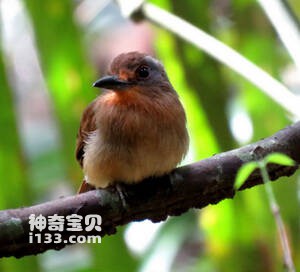
Nonnula sclateri
Nonnula sclateri,Fulvous-chinned Nunlet
The scientific name Nonnula sclateri and the foreign name Fulvous-chinned Nu···
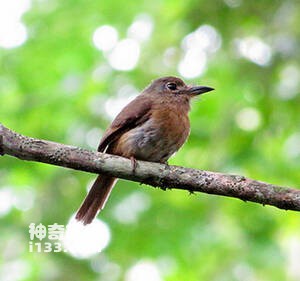
Nonnula rubecula
Nonnula rubecula,Rusty-breasted Nunlet
The bird's scientific name is Nonnula rubecula, and its foreign name is ···
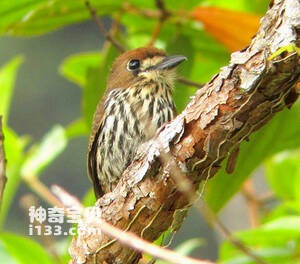
Micromonacha lanceolata
Micromonacha lanceolata,Lanceolated Monklet
Micromonacha lanceolata and Lanceolated Monklet are not known.Protect wild a···
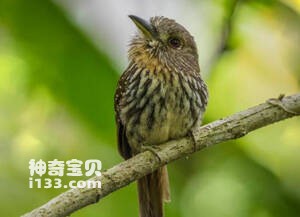
Malacoptila panamensis
Malacoptila panamensis,White-whiskered Puffbird,White-whiskered softwing
The species is known as Malacoptila panamensis and White-whiskered Puffbird,···

Malacoptila rufa
Malacoptila rufa,Rufous-necked Puffbird
Malacoptila rufa, Rufous-necked Puffbird, is a small climbing bird.棕颈蓬头䴕···
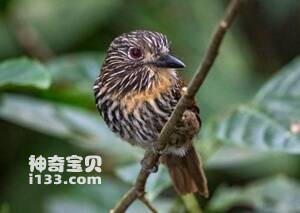
Malacoptila fulvogularis
Malacoptila fulvogularis,Black-streaked Puffbird
The bird is also known as Malacoptila fulvogularis and Black-streaked Puffbi···

Malacoptila semicincta
Malacoptila semicincta,Semicollared Puffbird
Semicollared Puffbird: Malacoptila semicincta semicollared puffbird is semic···
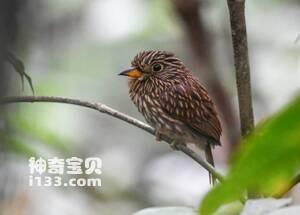
Malacoptila fusca
Malacoptila fusca,White-chested Puffbird
The bird's scientific name is Malacoptila fusca or White-chested Puffbir···
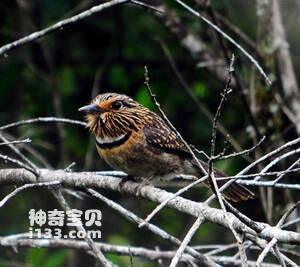
Malacoptila striata
Malacoptila striata,Crescent-chested Puffbird
The Puffbird's scientific name is Malacoptila striata, or Crescent-chest···
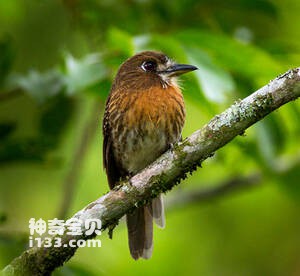
Malacoptila mystacalis
Malacoptila mystacalis,Moustached Puffbird
The species is also known as Malacoptila mystacalis and Moustached Puffbird.···
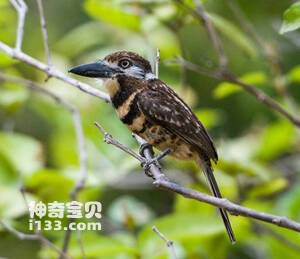
Hypnelus bicinctus
Hypnelus bicinctus,Two-banded Puffbird
Hypnelus bicinctus and Two-banded Puffbird are unknown.Protect wild animals ···
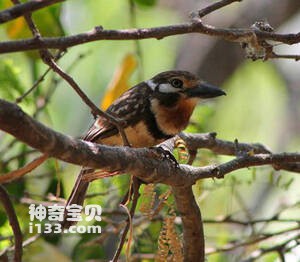
Hypnelus ruficollis
Hypnelus ruficollis,Russet-throated Puffbird
Hypnelus ruficollis and Russet-throated Puffbird are not known.Protect wild ···
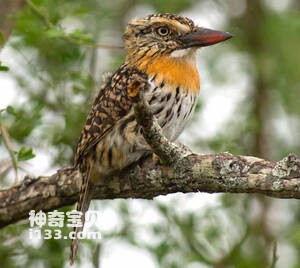
Nystalus striatipectus
Nystalus striatipectus,Streak-bellied Puffbird,Chaco Puffbird
Nystalus striatipectus, street-bellied Puffbird, Chaco Puffbird.Protect wild···
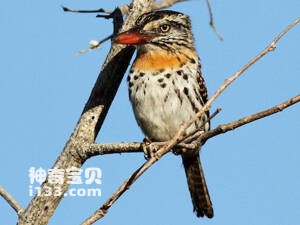
Nystalus maculatus
Nystalus maculatus,Caatinga Puffbird,Spot-backed puffbird
The species is known as Nystalus maculatus, Caatinga puffbird, and Spot-back···
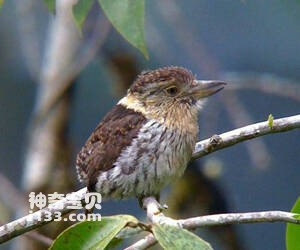
Nystalus obamai
Nystalus obamai,Western Striolated Puffbird
Western Striolated Puffbird (Nystalus obamai) is also known as Western strio···
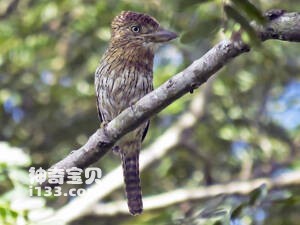
Nystalus striolatus
Nystalus striolatus,Eastern striolated Puffbird,Striolated Puffbird
The species is known as Nystalus striolatus, Eastern striolated Puffbird, St···
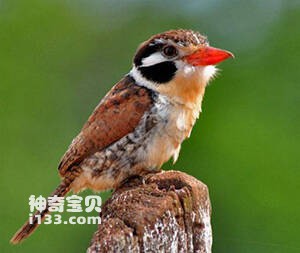
Nystalus chacuru
Nystalus chacuru,White-eared Puffbird
The bird is known as Nystalus chacuru or White-eared Puffbird, but its behav···
